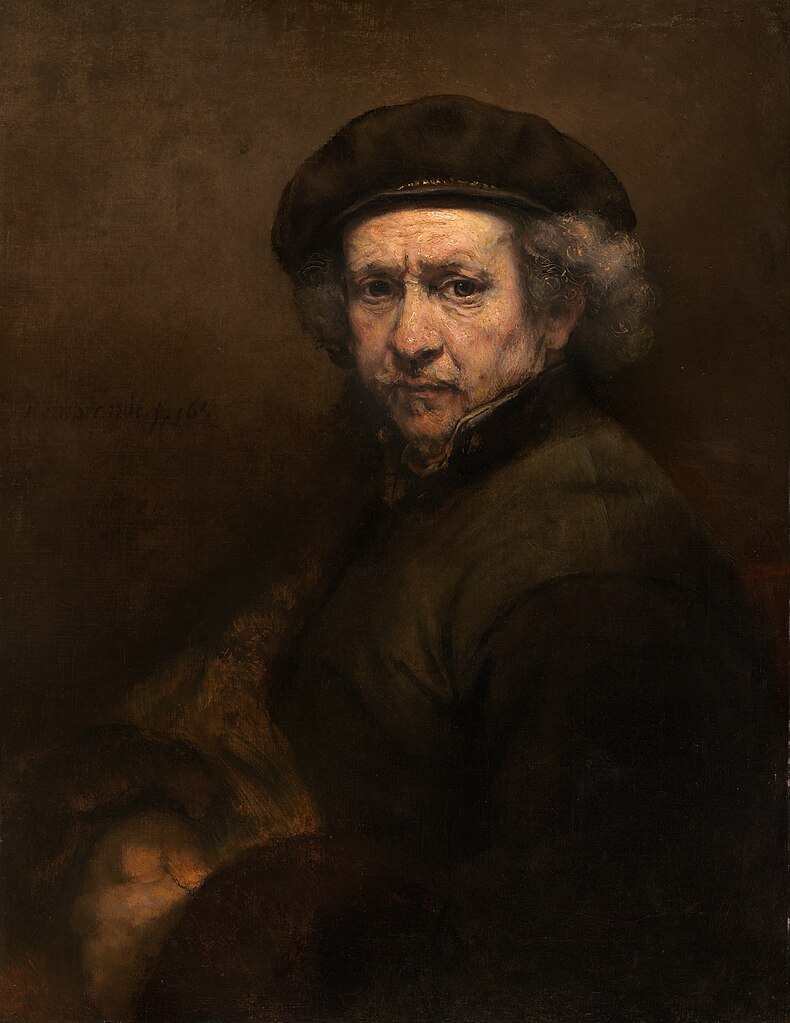Disabilities and the Arts
Tuesday, June 21, 2016
Disability Art: Diego Velazquez
The second artist chosen that fits
into the disability art category is Diego Velazquez. He is a Spanish painter
from Spain. He like many of the following artist did portraiture. He has been
known as one of the most important painters of the Spanish Golden Age and an
individualistic artist of the contemporary Baroque period.
He was born to a noble Portuguese descendant
in 1599. When Velazquez became old enough, he started studying painting with
Francisco Pacheco. No one knew that eventually he would marry Pacheco’s
daughter. Not long after that, he painted a portrait of Philip IV which got him
in the door to the royal household. His first job was to be the marshal of the
royal household in which he was responsible for the royal quarters and in
charge of planning ceremonies. However, it was not long before he became the
leading artist in the court of King Philp IV.
 During this part of his life,
Velazquez painted several paintings that depicted people with some kind of
disability. One of the most popular paintings for him was the Las Meninas,
which this painting showed significant characteristics of someone with Down syndrome.
He decided to keep that person the way they were instead of changing them to
fit the norm of that time. He also did several other portraits that just focus
on the person with a disability. All of this was done while working in the
royal facilities.
During this part of his life,
Velazquez painted several paintings that depicted people with some kind of
disability. One of the most popular paintings for him was the Las Meninas,
which this painting showed significant characteristics of someone with Down syndrome.
He decided to keep that person the way they were instead of changing them to
fit the norm of that time. He also did several other portraits that just focus
on the person with a disability. All of this was done while working in the
royal facilities. Disability Art: Pieter Bruegel the Elder
Now our first artist that represents disability art is
Pieter Bruegel the Elder. He is referred to as many different nicknames such as
the “Peasant Bruegel” but the most common is the Elder. The Elder established
his mark in history through paintings and printmaking, and came to be known as
one of the Netherlandish Renaissance painters.
He became
known for his landscapes and his peasant scenes which are called genre
painting. This is when your artwork has a certain theme throughout it all. He
usually would incorporate a landscape into his peasant scenes, which helped
bring both of his genres together. Part
of the reason he earned his nickname “Peasant Bruegel” was that he had the
practice of dressing up like a peasant in order to socialize at certain
functions in the community such as weddings and celebrations. This practiced
helped him gain inspiration and details for these paintings.
Subscribe to:
Comments (Atom)






